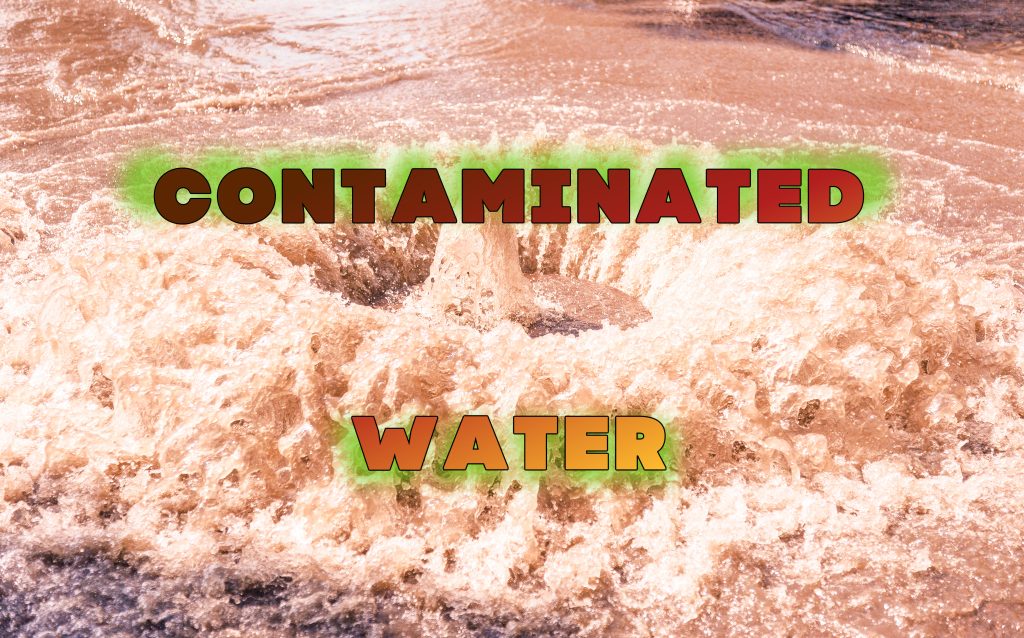
On March 11, New Cooperative in Red Oak notified the Iowa Department of Natural Resources (DNR) of a release on-site early Monday morning.
Approximately 1,500 tons of liquid nitrogen fertilizer (32% solution) discharged into a drainage ditch, then into the East Nishnabotna River. The release occurred due to a valve left open on an aboveground storage tank overnight. Areas of pooled fertilizer have been pumped into a vac truck and will be land applied later. Dead fish were observed in the East Nishnabotna. The extent of the fish kill is still being determined.
DNR field staff are on-site. Samples have been collected and will be analyzed. The investigation is on-going.
On Wednesday, March 13, the DNR reported that their staff continue to investigate the New Cooperative fertilizer spill near Red Oak in Montgomery County. The release has been stopped and clean-up efforts are still underway.
The product flowed several miles downstream of Red Oak in the East Nishnabotna River, reaching Missouri. The Missouri Department of Natural Resources has been notified.
The DNR encourages private well owners in Montgomery, Page, and Fremont counties with wells in near proximity to the East Nishnabotna River to contact their county health department to test their wells for nitrate. This service is free using Iowa’s Grants-to-Counties (GTC) program. The DNR will be providing county health officials with lists of registered private wells that may be vulnerable.
Due to low water levels in the East Nishnabotna, the concentration of the liquid nitrogen fertilizer is higher than during normal stream flows, causing concern for all animals due to high nitrate and urea levels.
Iowa State University College of Veterinary Medicine Toxicologist Scott Radke recommends keeping all animals away from the East Nishnabotna River until the plume of contaminant moves out of the area.
The Iowa DNR is working with local, state and federal officials, and will continue to investigate impacts of the spill.








Of course, the governor is ok with this because as she says all the time “I trust Iowans to do the right thing.”